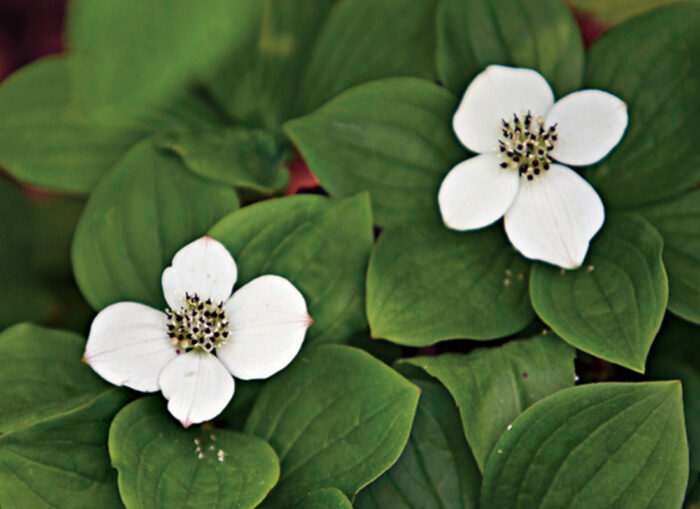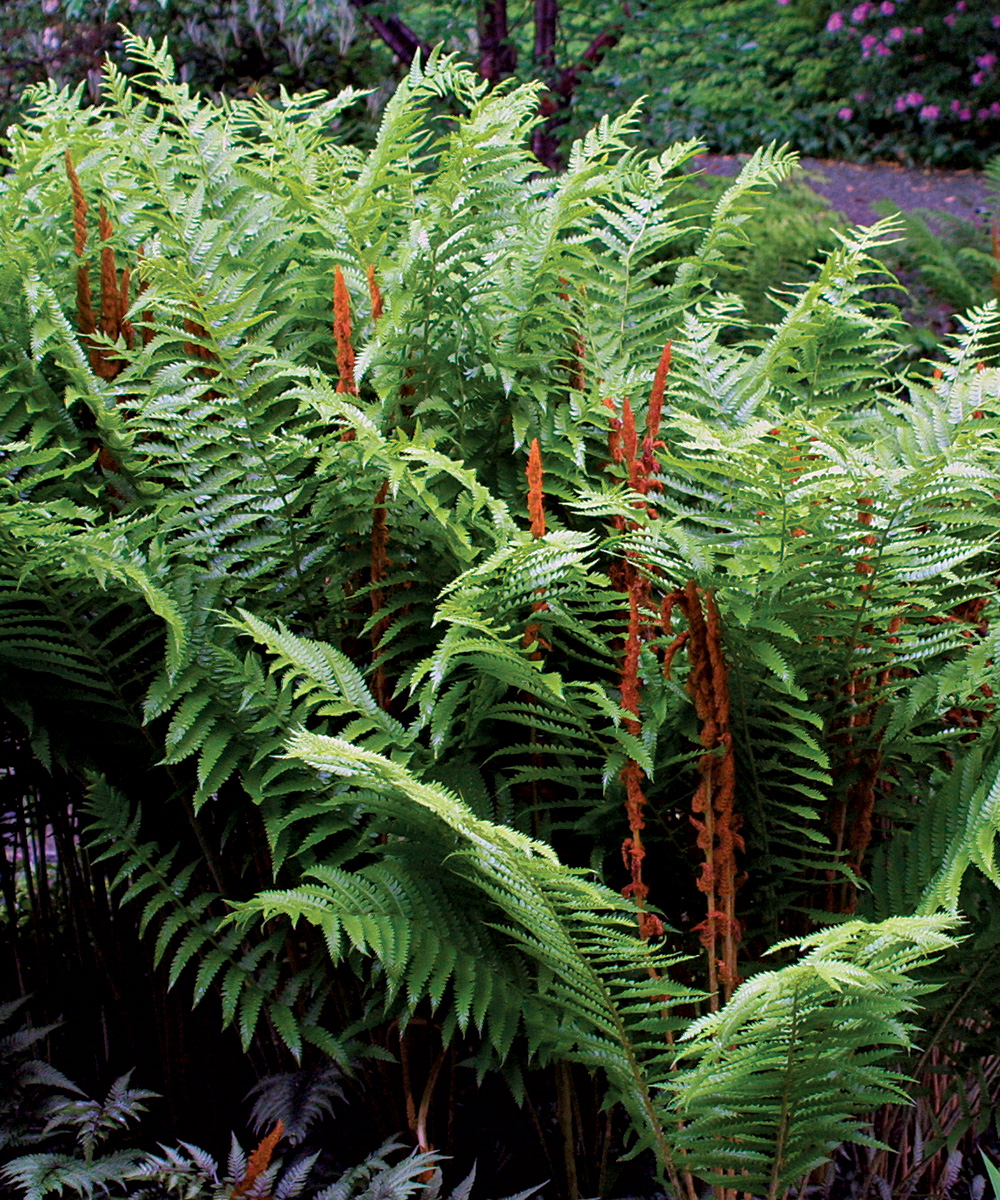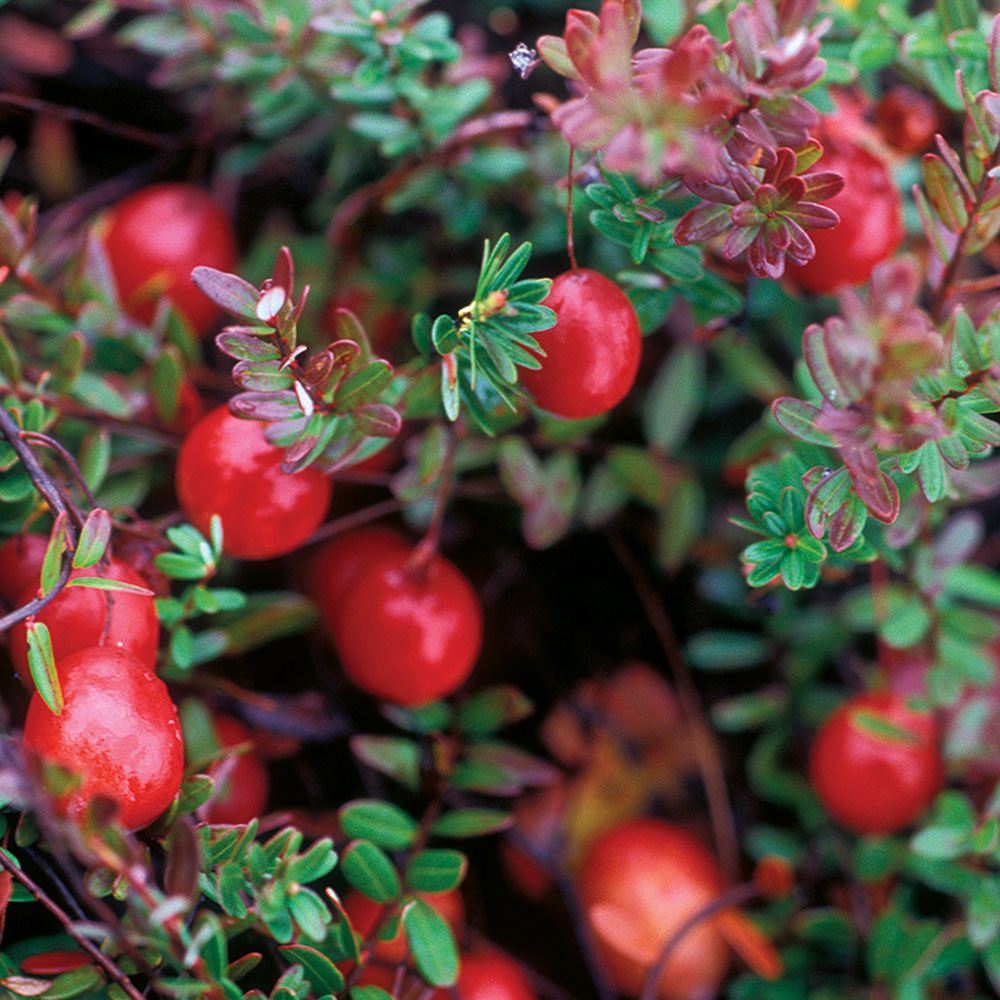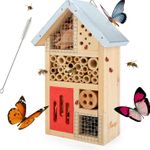
Lots of gardeners deal with at least one area of their property that never seems to dry out. As horticulturist Joseph Henderson explains in his article Plants for Soggy Spots, lots of plants flounder in these kinds of conditions: “Without a steady supply of air, waterlogged roots begin to gasp and eventually rot, killing the foliage above.”
Thankfully, a soggy spot doesn’t require a complete garden overhaul; it just requires the right plants that thrive in consistently wet conditions. Below, you’ll find plants for wet areas in the Northeast. To find even more plants for wet soil, check out Joseph’s article: Plants for Soggy Spots.
1. Cinnamon Fern

Name: Osmunda cinnamomea
USDA Hardiness Zones: 4 to 8
Size: 3 feet tall and 2 feet wide
Conditions: Partial to full shade; moist, acidic soil
This tall, northeastern native fern forms large clumps of graceful, arching fronds. An attractive contrast appears in midseason when the shorter, cinnamon-colored fertile fronds spike up amid the green foliage. These rusty spikes are covered in fuzz, which hummingbirds readily use to line their nests in summer, and persist on the plant through winter. Fiddle heads from the cinnamon fern are edible but must be cooked.
2. Greenhead Coneflower

Name: Rudbeckia laciniata
Zones: 3 to 9
Size: 5 to 10 feet tall and 3 feet wide
Conditions: Full sun to partial shade; moist soil
Yellow petals surround a thimble-shaped greenish center on this showy wildflower. The yellow color is softer than traditional black-eyed Susan (Rudbeckia fulgida and cvs., Zones 4–9), so it’s easier to find companions in the garden. Greenhead coneflower is tall but doesn’t require staking. Long blooming (summer through fall), it makes a great cut flower.
3. Bunchberry

Name: Cornus canadensis
Zones: 2 to 7
Size: 6 inches tall and indefinite spread
Conditions: Partial sun to full shade; moist, acidic soil
You can tell this deciduous ground cover is a member of the dogwood family just by looking at it. The star-shaped white flowers appear in early summer and have a sweet scent. The blooms are followed by clusters of shiny red berries, which are an excellent food source for birds. In fall, the foliage turns a brilliant red. Bunchberry makes an excellent ground cover in wet spots as well as under evergreens; it just needs adequate water while it is first getting established.
4. American Cranberry

Name: Vaccinium macrocarpon
Zones: 2 to 7
Size: 6 inches tall and indefinite spread
Conditions: Full sun; moist to wet, acidic soil
An evergreen shrub, American cranberry can be successfully used as a ground cover in wet areas or as an elegant accent along the edge of a pond. The tiny leaves line 8- to 10-inch-long vines that look like branches. The delicate pink flowers are barely noticeable in early summer, but you can’t miss the bright scarlet fruit that follow. Your cranberries will be larger than what you see sold in the grocery store. They ripen as the plant’s foliage turns purple in fall, and they taste sweeter after the first frost.
Petie Reed is the owner of Perennial Harmony Garden Shop, a chemical-free garden center in Waterford, Connecticut.
Fine Gardening Recommended Products

Berry & Bird Rabbiting Spade, Trenching Shovel
Fine Gardening receives a commission for items purchased through links on this site, including Amazon Associates and other affiliate advertising programs.

Niteangel Natural Wooden Insect Hotel, Garden Insect House for Ladybugs, lacewings, Butterfly, Bee, Bug
Fine Gardening receives a commission for items purchased through links on this site, including Amazon Associates and other affiliate advertising programs.

Pruning Simplified: A Step-by-Step Guide to 50 Popular Trees and Shrubs
Fine Gardening receives a commission for items purchased through links on this site, including Amazon Associates and other affiliate advertising programs.


















Comments
Log in or create an account to post a comment.
Sign up Log in